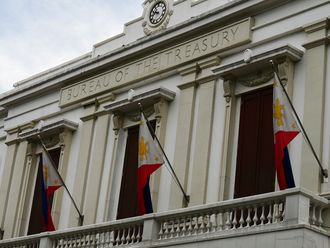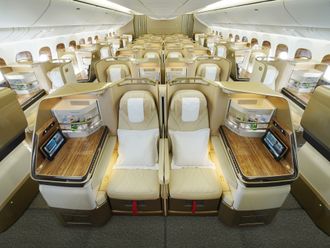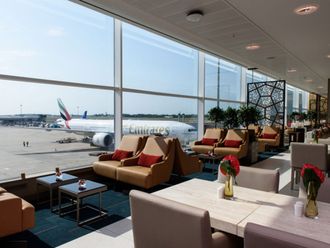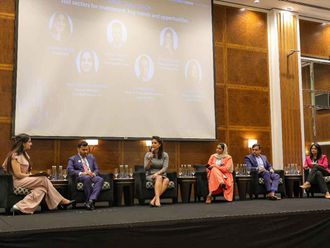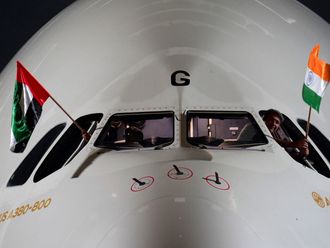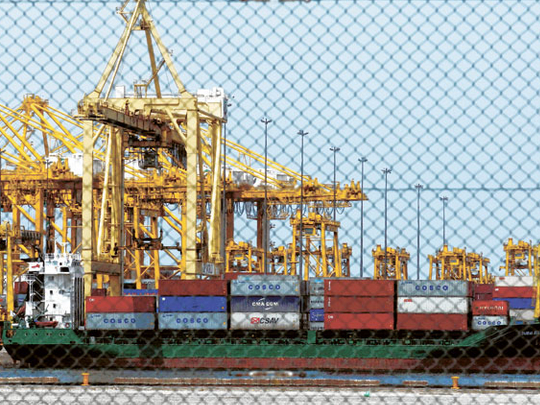
Dubai: Exporters remain positive about their profit expectations for the next three months, says the latest exporter confidence survey by the Dubai Department of Economic Development (DED).
According to the survey, 40 per cent of exporters expect either a substantial or moderate increase in profits while a further 30 per cent foresee no decline.
"The survey shows that the business community strongly believes the econ-omic growth that the emirate is witnessing will continue," said Ali Ebrahim, Deputy Director-General for Economic Development at DED.
The highest of level of confidence is seen amongst medium- and micro-sized firms.
"In expectations micro firms are far more optimistic than bigger established firms because they're more pragmatic and are more willing to jump at opportunities," Dr Ashraf Ali Mahate, author of the report told Gulf News.
According to a report by the Dubai Chamber of Commerce and Industry, exports and re-exports totalled Dh103.2 billion in the first six months of 2010.
Growth
There has been a 40 per cent increase in the first seven months of this year compared to the same period last year.
Hamad Bu Amim, Director-General of the Dubai Chamber, said in a previous interview that the results were encouraging and that Dubai's export and re-export sector is the real driving force behind Dubai's economic recovery.
On the back of this boosted confidence, the survey states that 60 per cent of exporters believe there will be an increase in the number of new international sales under discussion.
The most important export markets for UAE based firms are the Gulf, India, Pakistan and South Asia.
The major secondary markets are Africa (both north and sub-Sahara), Iran, Iraq, the Levant and to some extent Europe and North America. While exports are steadily increasing to these traditional markets, the report shows less confidence in investing in distant, new markets.
"The reason why our main markets are so close is because vast majority of our exporters are SMEs and if you're going to export to distant markets you need to develop regional capacity," said Dr Mahate.
According to the survey, 75 per cent of exporting companies are based in the manufacturing sector while the rest are service based.
Across the board, the most important trading currency is the dollar followed by the euro and then others. Eighty per cent of respondents' primary trading currency was the dollar while 12 per cent traded in the euro. The small and medium sized firms tended to use other currencies.
Due to the dominant use of the dollar as the trading currency, firms have not shown much concern about the fluctuation of the exchange rate. On average, only nine per cent of companies carried out any form of currency hedging strategy to absorb any negative impact of exchange rate movements.
"Around 80 per cent of firms use the dollar as their main currency, so it doesn't make any difference with regard to the changes. If you look at imports coming from Europe, about a third import in dollars," Dr Mahate said. Several initiatives have been launched by the government to boost the local export industry such as the Export Assistance Programme (EAP), a service that will provide companies financial help to encourage them to explore international markets.
"This service is the first of its kind in the GCC and through this initiative we are optimistic that more SMEs will be involved in seeking out and developing the export sector by exporting local goods and services," said Saed Al Awadi, Chief Executive Officer of the Export Development Corporation.



